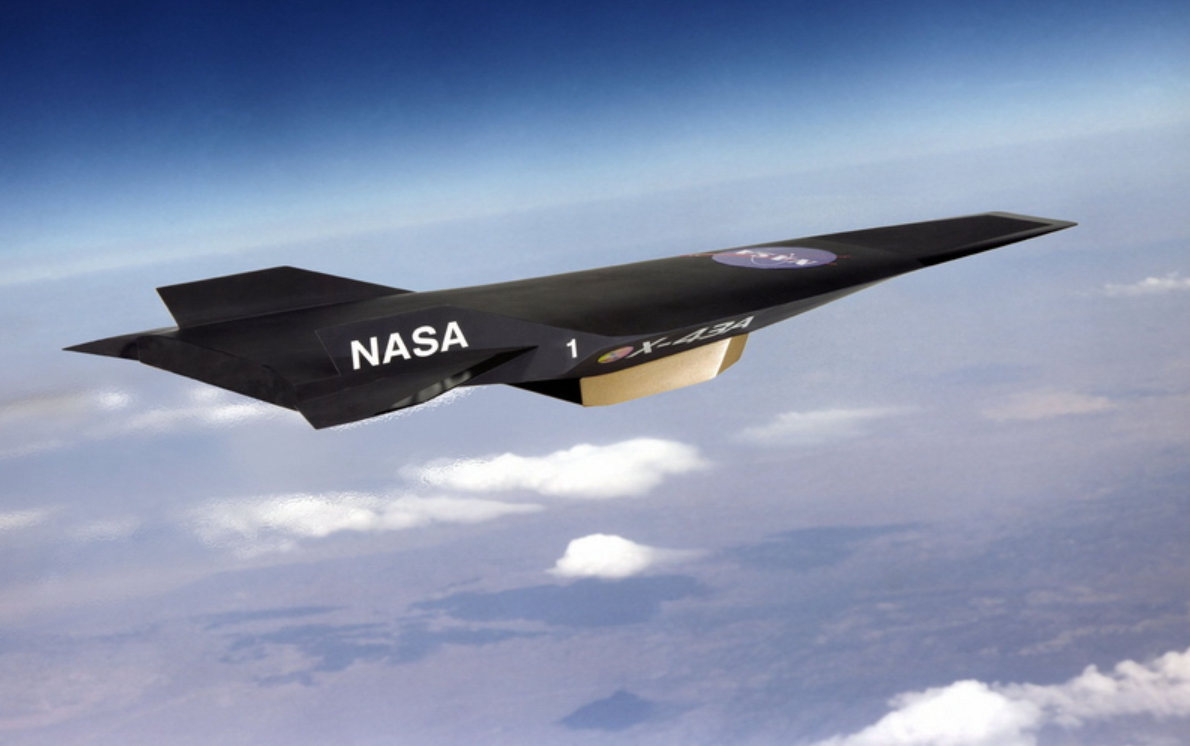NASA’s X-43A holds the record for the fastest jet in the world. The unmanned aircraft hit Mach 9.6 (nearly 10 times the speed of sound) on November 16, 2004 at an altitude of 33,223 meters over the Pacific Ocean.
However, talking about manned flights, the X-15 with its Mach 6.72 speed is still king of the hill.
Both the X-15 and the X-43A serve as experimental aircraft, testing new technologies and often achieving record-breaking feats. The X-15, for instance, underwent specialized design to surpass altitudes and speeds previously unattained.
Pilots, considered astronauts because of their numerous X-15 flights exceeding 50-mile altitudes, came close to reaching what’s known as the Karman line, or the ‘edge of space,’ approximately 100 km above sea level.
If seeking an aircraft utilized beyond experimental data collection, the SR-71 “Blackbird” holds the record. The Blackbird operated at a cruising speed of Mach 3.2 and primarily conducted reconnaissance missions.
Anyway, back to the fastest jet in the world – whether manned or unmanned.
As mentioned earlier, the X-43A, like its reputable predecessor, the X-15, is an experimental aircraft. Specifically, the the X-43 was part of the NASA Hyper-X program, a 7-yr program that cost around $230M and was launched to explore other options for space access vehicles.

The Power of Scramjet Technology
At the heart of the X-43 is the scramjet or Supersonic Combustion Ramjet. You can think of it as an upgraded version of the ramjet – the kind of engine used by the SR-71.
The Supersonic Combustion Ramjet actively draws oxygen, necessary for combustion, directly from the atmosphere. Rockets mix liquid oxygen with liquid fuel to generate thrust.
In the typical jet plane configuration, carrying a tank of liquid oxygen adds additional load. Removing that tank results in a smaller, lighter plane.
The added benefits are so enormous that engineers who embarked on scramjet research predicted speeds that could go up to 15 times the speed of sound.
Although the current record held by the scramjet-powered X-43A only achieved a fraction of that, Mach 9.6 is still way above what other planes have achieved.
To give you an idea how fast the fastest jet in the world is, compared to others, imagine this: there are more than 30 jets that are faster than the speed of sound and yet almost all of them have top speeds either way below or only near Mach 3. Mach 9.6 is definitely way way faster than that.
Read more: Meet the world’s fastest land animal